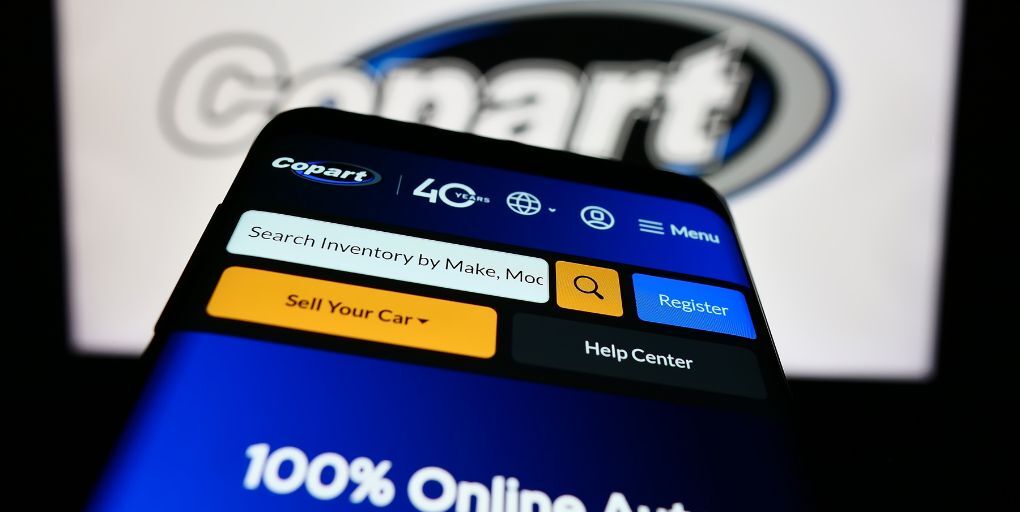Report on Gender Discrimination Lawsuit Against Copart Inc. and Its Implications for Sustainable Development Goals (SDGs)

Introduction
A former senior executive at Dallas-based Copart Inc., a Fortune 500 company operating a global online vehicle auction platform, has filed a lawsuit alleging gender discrimination and retaliation. This report outlines the key details of the case, emphasizing its relevance to the United Nations Sustainable Development Goals (SDGs), particularly SDG 5: Gender Equality, and SDG 8: Decent Work and Economic Growth.
Background of the Lawsuit
- Plaintiff: Christine Arnold, former Global Vice President of Human Resources at Copart Inc., with 17 years of service.
- Allegations:
- Termination in 2022 following her raising concerns about gender pay disparities.
- Exclusion of female leaders from equity compensation programs.
- Existence of a toxic “boys’ club” culture fostering gender-based discrimination and harassment.
- Retaliation for speaking out against discriminatory practices.
- Legal Filing: Complaint filed in April 2025 in Dallas County district court (Cause No. DC-25-05579).
- Damages Sought: Over $1 million for lost wages, emotional distress, and reputational harm under the Texas Commission on Human Rights Act.
Details of Alleged Discriminatory Practices
- Gender Pay Gap: Female leaders reportedly paid less than male counterparts.
- Equity Compensation: Exclusion of women from stock option programs awarded to male executives.
- Corporate Culture: Male executives allegedly entertained sex workers at company events and rewarded male loyalty with lavish perks.
- Exclusion from Events: Female employees excluded from private gatherings, some involving inappropriate conduct, and expected to clean up afterward.
- Examples of Events:
- “Burn It Down” firearms event at a Copart-owned ranch in Texas.
- Lavish yacht gathering in Miami.
- Poker night allegedly violating COVID-19 restrictions.
Corporate Leadership and Gender Representation
- No women in the C-suite at the time of Arnold’s termination.
- Two women on an eleven-member board of directors.
- Three female vice presidents out of 27 total vice presidents.
Company Profile and Operations
Copart operates a 100% online auction system connecting buyers and sellers of vehicles globally. Its proprietary auction platform, VB3, facilitates live virtual auctions multiple times daily across more than 200 locations in 11 countries, including the United States, Canada, the United Kingdom, Germany, Brazil, UAE, Oman, Bahrain, Spain, Ireland, and Finland.
Implications for Sustainable Development Goals (SDGs)
- SDG 5: Gender Equality
- The lawsuit highlights ongoing challenges in achieving gender equality in corporate leadership and workplace culture.
- It underscores the need for eliminating discriminatory pay practices and fostering inclusive environments.
- SDG 8: Decent Work and Economic Growth
- Raises concerns about fair labor practices and protection against workplace harassment and retaliation.
- Emphasizes the importance of safe, equitable, and inclusive workplaces for sustainable economic growth.
- SDG 10: Reduced Inequalities
- The case draws attention to systemic inequalities within corporate governance structures.
- Promotes the need for policies that reduce disparities in pay and leadership opportunities.
Current Status and Broader Industry Context
- Copart has not filed a formal court response; a company spokesperson denied the allegations.
- The lawsuit adds to a growing number of employment discrimination cases in the automotive industry.
- Highlights the gap between corporate pledges for inclusivity and actual progress, especially at senior management levels.
- Potential to increase scrutiny on corporate cultures and governance practices across the industry.
Conclusion
The lawsuit filed by Christine Arnold against Copart Inc. represents a critical case study in addressing gender discrimination and promoting sustainable workplace practices aligned with the SDGs. The outcome may influence corporate policies and encourage stronger commitments to gender equality, decent work conditions, and reduced inequalities within the automotive sector and beyond.
Additional Resources
For further details, refer to the CBS News Texas report on the case: CBS News Texas Coverage
Watch the related video report:
Case Reference: Christine Arnold vs. Copart, Inc., Cause No. DC-25-05579, 193rd District Court, Dallas County.
Photo credit: T. Schneider / Shutterstock.com
1. Sustainable Development Goals (SDGs) Addressed or Connected
- SDG 5: Gender Equality – The article focuses on gender-based discrimination, pay disparities, exclusion of women from leadership roles, and a toxic workplace culture disadvantaging women.
- SDG 8: Decent Work and Economic Growth – Issues related to fair wages, workplace harassment, and inclusive corporate governance are relevant to promoting inclusive and sustainable economic growth and decent work for all.
- SDG 10: Reduced Inequalities – The lawsuit highlights systemic inequalities in pay and representation within corporate leadership, addressing the need to reduce inequalities within and among countries.
2. Specific Targets Under Those SDGs Identified
- SDG 5 Targets:
- 5.1 End all forms of discrimination against all women and girls everywhere.
- 5.5 Ensure women’s full and effective participation and equal opportunities for leadership at all levels of decision-making in political, economic, and public life.
- SDG 8 Targets:
- 8.5 Achieve full and productive employment and decent work for all women and men, including equal pay for work of equal value.
- 8.7 Take immediate and effective measures to eradicate forced labor, end modern slavery and human trafficking, and secure the prohibition and elimination of the worst forms of child labor, including recruitment and use of child soldiers.
- SDG 10 Targets:
- 10.2 Empower and promote the social, economic and political inclusion of all, irrespective of age, sex, disability, race, ethnicity, origin, religion or economic or other status.
3. Indicators Mentioned or Implied to Measure Progress
- Gender Pay Gap – Implied by the article’s focus on disparities in pay between female and male executives.
- Representation of Women in Leadership Positions – The article mentions the number of women in the C-suite, board, and vice president roles, which can be used as an indicator of women’s participation in leadership.
- Incidence of Workplace Discrimination and Harassment – The lawsuit’s allegations of harassment and retaliation can be linked to indicators measuring workplace discrimination cases or complaints.
- Equity Compensation Inclusion – The exclusion of female leaders from stock option programs points to an indicator related to equitable access to employee benefits and compensation.
4. Table: SDGs, Targets and Indicators
| SDGs | Targets | Indicators |
|---|---|---|
| SDG 5: Gender Equality |
|
|
| SDG 8: Decent Work and Economic Growth |
|
|
| SDG 10: Reduced Inequalities |
|
|
Source: carpro.com







